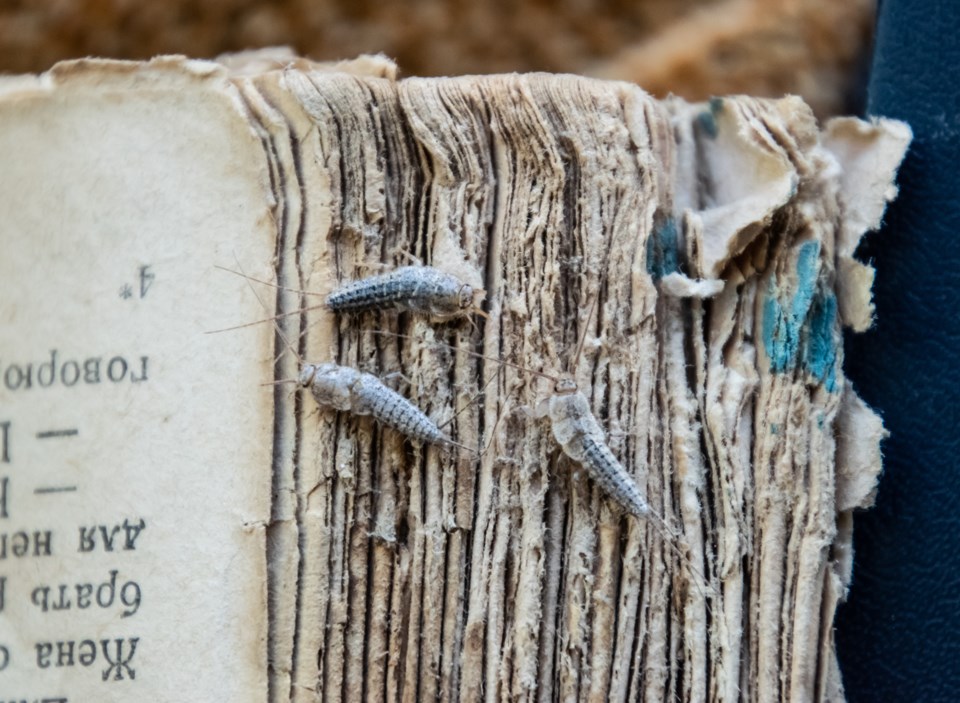Many things in this world can make you go “What the…” Some fall into the category of inexplicable human actions (i.e., littering, murder, conservatism, intentionally increasing carbon emissions in the face of certain climate disaster) that challenge understanding of our species. The lion’s share of things termed wonder-inducing by humans, however, stem from the realms of physics, chemistry and, most often, the organic world of plants and animals. Reasons for the latter are manifold, but best summed by our affinity to—and place in—the natural order.
There’s a word—biophilia—that describes this instinctive bond between humanity and other living thingies. Famously coined and elaborated by the evolutionary ecologist E.O. Wilson in an eponymous book, this relationship—comprising a spectrum from our anthropomorphic connection with baby animals to the calming effects of a forest—is at least a charming idea.
Familiar with many of Mother Nature’s more byzantine creations as a biologist and science journalist, I find myself less surprised by newer wonders gurgling up from nature’s depths than the litany I’ve already absorbed. For example, I know an Australian frog (now sadly extinct) that could turn off its digestive juices, swallow its tadpoles, and raise the kids in its stomach; I understand that flamingos are pink because of pigments sequestered from the shrimp they eat; and, by passing a particularly tough genetics exam, I have permanently uploaded the arcane knowledge that, although some of the DNA in booze-producing Saccharomyces yeasts is gene poor, repetitive, and transiently silenced, it nonetheless evolves rapidly due to transposon activity, increased recombination and a surprising level of nucleotide divergence (hence the many kinds of wine and beer in B.C.’s craft-brewing scene). All this is cool info, of course, but the demonstrable relationship by descent of humans to flamingos and gastric-brooding frogs—even yeast—is positively pride-inducing. Not all organisms, however, spark such instant affection. And so, it being winter and my annual stint of fearing the bathroom at night, let’s talk.
Hands up those of you who have even a scintilla of fondness for those miserable little metallic commas found surreptitiously circling faucets and scuttling over countertops and floors? No one, I see, yet they’re as seemingly ubiquitous in our lives as junk email. So I put it to you with appropriate anti-biophilia: what’s up with silverfish?
These denizens of darkness, exclusively revealed when you flick on a light, are always a surprise. Not the horrifying revelation of a rat, or the nasty of a cockroach, but begging similar questions. Where did they come from? Do they bite? Do I have an infestation? But here’s the real question: what’s the deal with a critter that, according to Carboniferous fossils, has lurked on Earth in identical form for some 300,000,000 years but whose natural habitat seems to be my sink? The animal hasn’t changed, but something’s fishy. What the…?
Predictably, the explanation is a good news/bad news scenario for biophiliacs.
Good: Although sink-sightings of silverfish are a worldwide phenomenon, most involve a single ubiquitous species—Lepisma saccharina, a small, wingless insect of the order Thysanura. Lepisma have primitive mouthparts, don’t bite, and don’t spread disease. Best of all, in light they’re defenseless and, as you’ve likely discovered, easy to squish, leaving a smear not unlike that found under your fingernails after playing Scratch ’n Win.
Bad: Also called fishmoth, carpet shark, or paramite depending where you live, “silverfish” (in use since 1855) combines colour with the piscine movements of the animal’s well-jointed body, while the scientific moniker refers to its diet of simple polysaccharides—sugars and starches found not just in the food it happily infests, but in glue and adhesives, book bindings and paper; in carpet, clothing, cotton, silk, leather and synthetics; even in body exuvia like hair and dandruff. In short, 21st century humanity offers silverfish an unparalleled smorgasbord: they’ll eat your pancake mix, leave holes in your clothes, destroy your books, and even set off fire alarms (a percentage of fire department false alarms in cities can be traced to the short-circuiting of alarms by peckish silverfish).
Good: It’s not just your house. Like fleas, silverfish have accompanied human habitation since it began—wild Lepisma favour caves and other dank areas with high humidity (I’ve found them in the wild in Pemberton, but also in a rockpile in Jordan). You find them in sinks and bathtubs not because they live there, but because their Carboniferous-crafted appendages do poorly on the modern world’s smooth surfaces; they’ve simply become trapped, attracted by the moisture and food prospects rising from your drains (de facto encouragement to keep these clean).
Bad: Unlike more ephemeral insect pests, an unsquished silverfish can live out of sight in your home for up to eight years and go a full year without food (I’m starting to be impressed…)
Good: Reproductive rate is low; a single female lays fewer than 100 eggs in her lifetime. These can take months to hatch; if they dry out they’re toast.
Bad: Predators of silverfish are fellow cave-happy things you likely also aren’t psyched about seeing around the house: spiders, earwigs and those über-creepy, long-legged house centipedes known as scutigers.
Scutigers are also frequently found “stuck” in sinks and bathtubs because… they were hunting silverfish! That’s cool, and knowing it will make me think twice before I squish them. Sometimes a little knowledge is a terrible thing.
Leslie Anthony is a biologist, writer and author of several popular books on environmental science.




